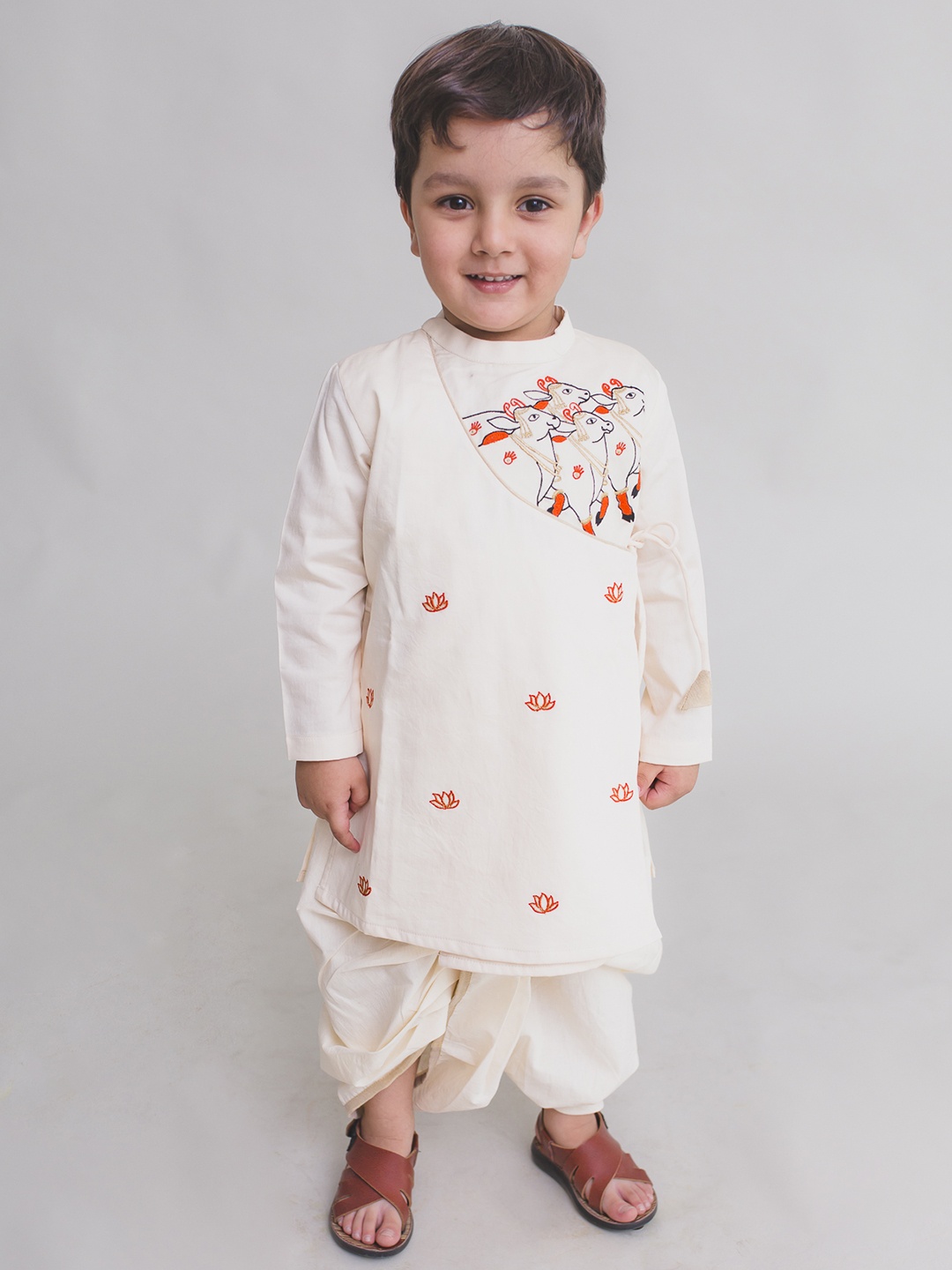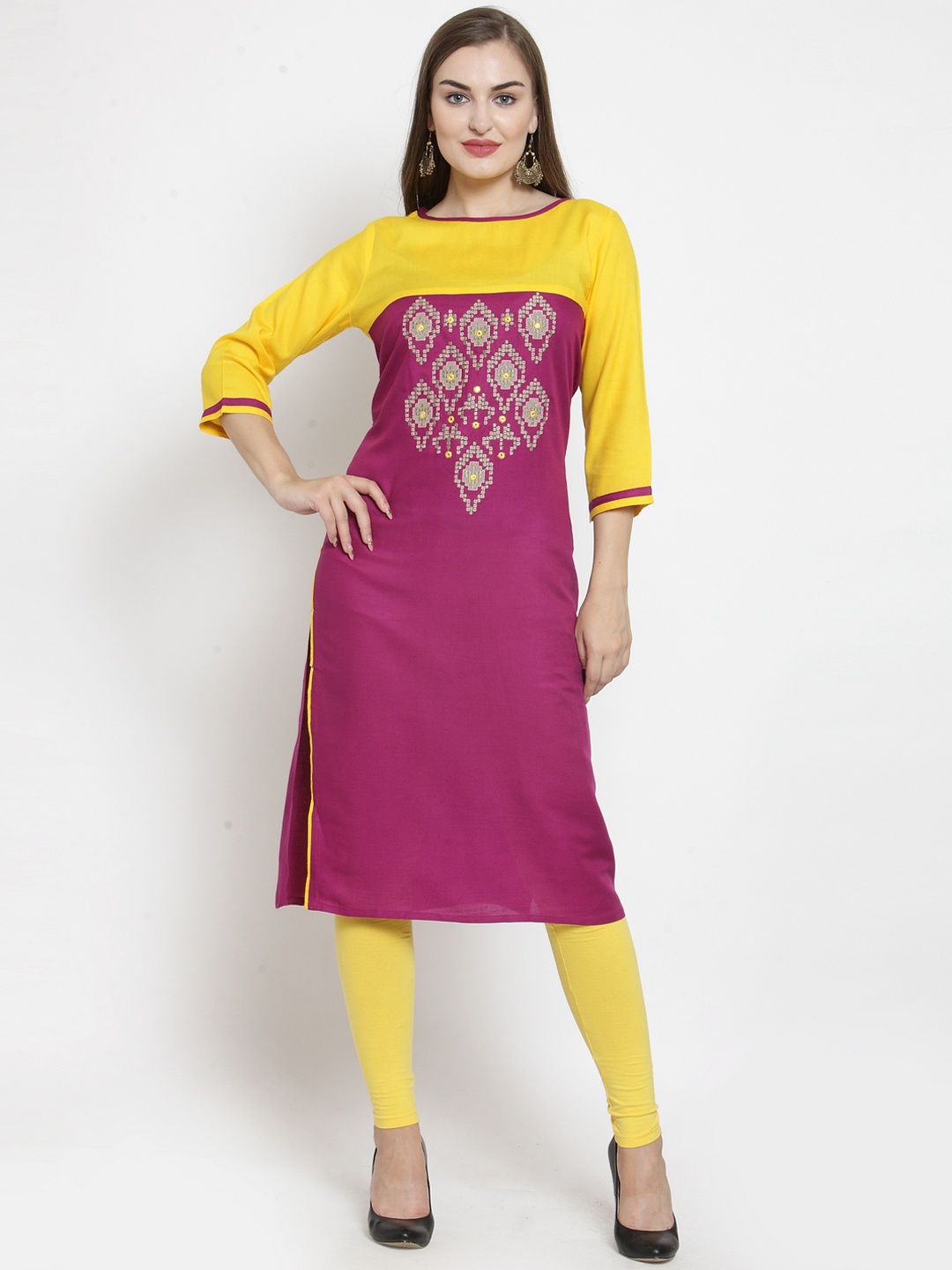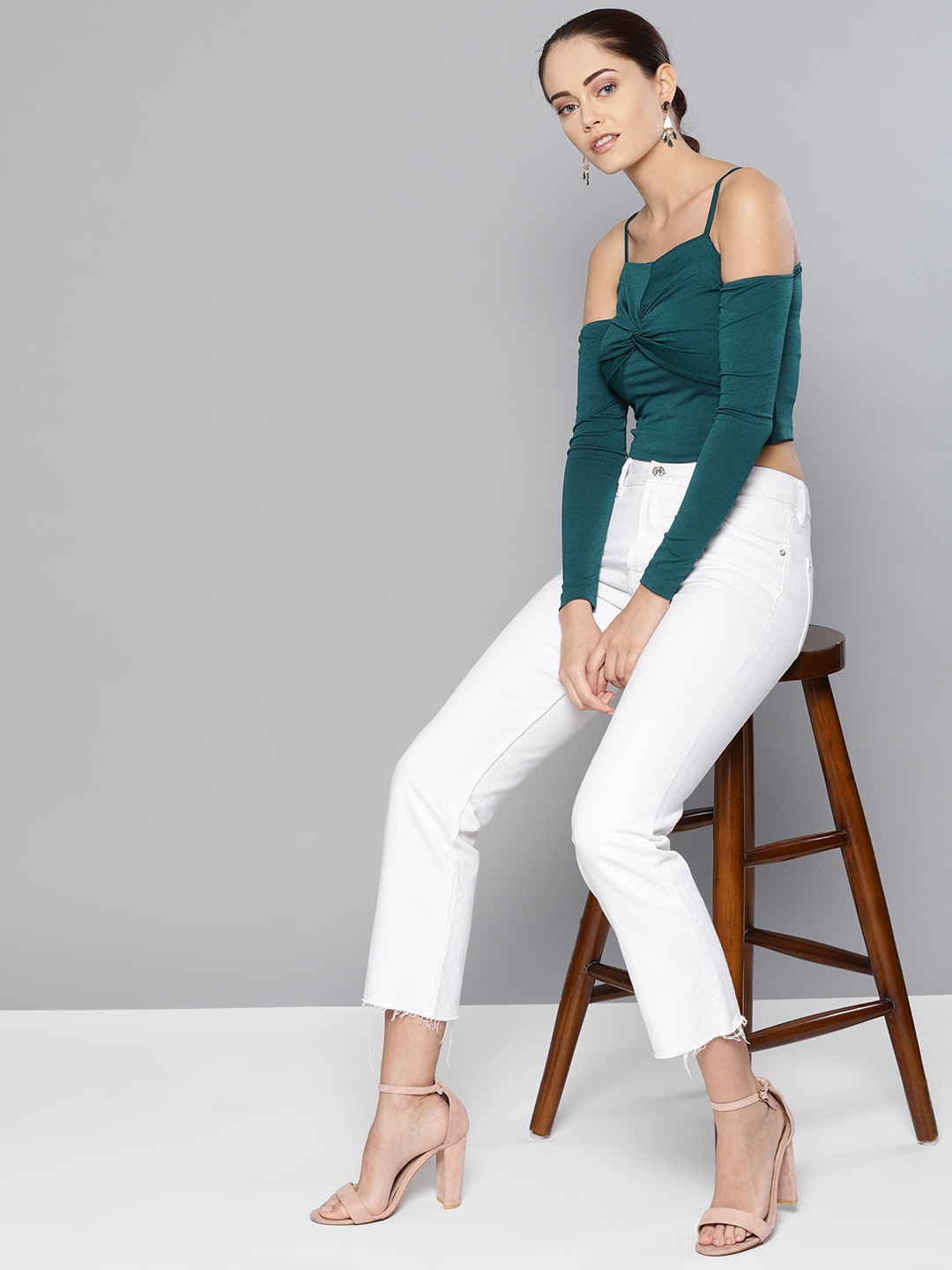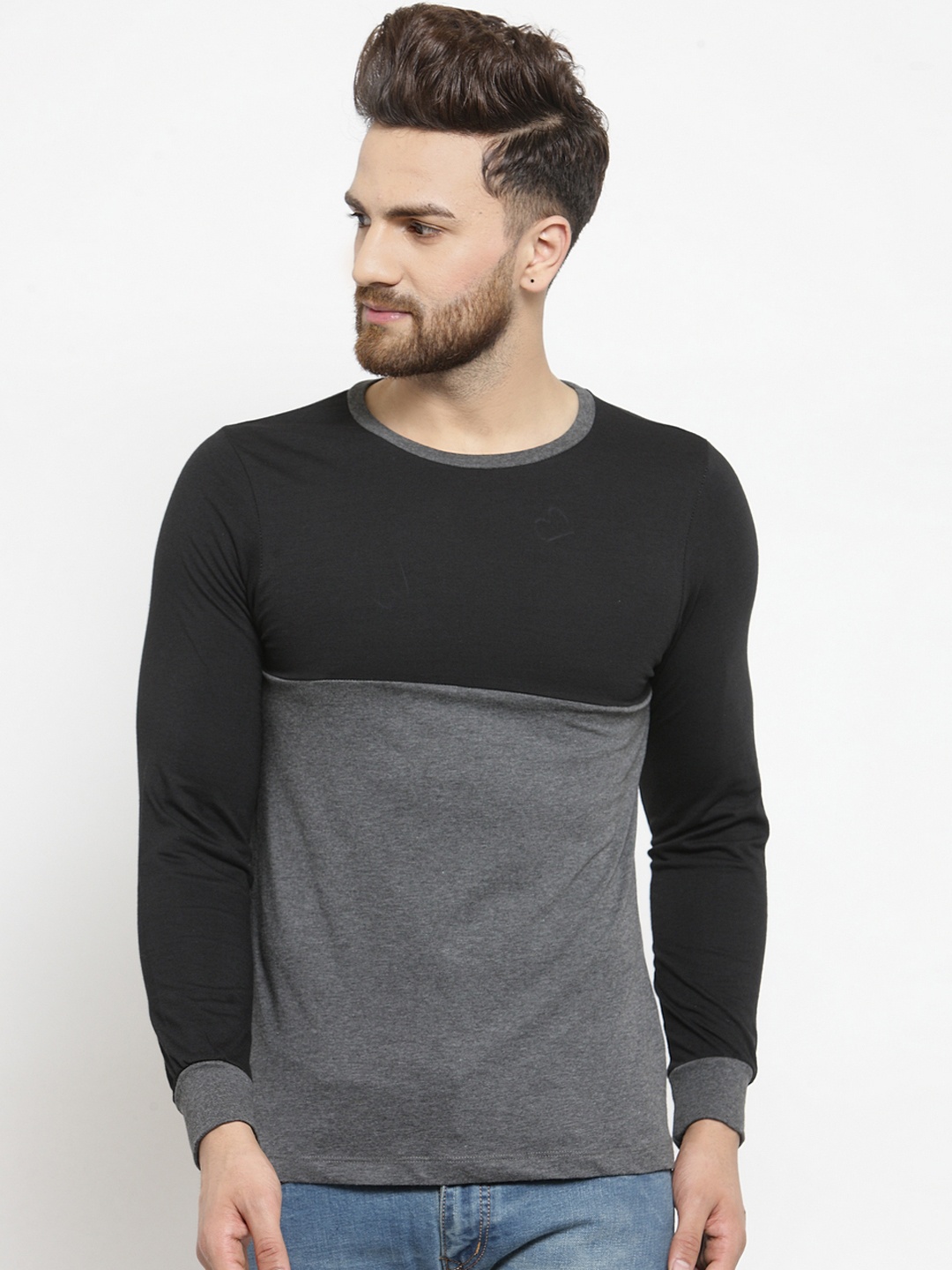Backpacks Falling Apart Too Soon? What You May Be Doing Wrong And How To Fix It - 10 Tips
Ever bought a smart-looking backpack only to watch it fall apart before your second commute? You are not alone. Most bags look great on Day One but barely survive the daily grind. Dive into why backpacks wear out so quickly.

Quality Backpacks: Avoid Early Tears; Focus On These Durable Construction Points
There's a peculiar heartbreak many face at least once, buying a fresh, stylish backpack with high hopes, only to find it fraying, tearing, or losing shape within a month. It's like trusting a new friend who vanishes when you need them most. Be it for college, work, travel, or daily hustle, backpacks have become more than just storage; they're part of one's personality and routine.
But too often, they fail the durability test. The zips go rogue, the straps rebel, and seams start to look like they've fought a losing battle. Why does this happen? Is it just bad luck or something deeper? This piece uncovers the real reasons behind those disappointments and offers practical tips to make sure your next backpack becomes a long-term ally, not just a short-lived fling. Let's unpack the truth, literally.

Backpack Breakdown: Why They Fail Quickly And Essential Features For Better Buys; Photo Credit: Pexels
1. Flimsy Fabrics and Misleading Appearances
At first glance, many backpacks appear robust. Shiny materials, thick stitching, and catchy colours can fool even the most seasoned shopper. But under all that gloss often lies cheap polyester or low-grade nylon that can't handle more than a few textbooks or a laptop.
Many manufacturers prioritise aesthetics over actual functionality, knowing that buyers often choose bags based on style. That sleek, featherlight fabric? It may look premium, but chances are it'll struggle with a water bottle, lunchbox, and charger combined.
Instead, look for materials like 1000D Cordura, ripstop nylon, or canvas blends. These feel heavier for a reason; they're built to take on more. Even better, give the fabric a gentle scratch or press test. If it feels thin or too soft, it's probably not going to last beyond a month of regular use.
2. Weak Stitching: The Silent Killer
It's not the bag's size or weight that causes the first tear, it's usually poor stitching. Most bags are machine-stitched rapidly with weak thread or single stitching that can't hold under pressure. The moment the load increases, tension builds at the seams, especially where the straps meet the body. One wrong move, and snap, there goes your shoulder strap mid-metro ride.
A closer inspection before buying can make all the difference. Double or triple stitching, reinforced joints, and bar-tacking (that X or box-shaped stitch near straps) are signs of care and quality. These small details may not make the bag prettier, but they ensure it won't betray you halfway through a busy day.
3. Zippers: The Unsung Heroes Or Villains
Zips are like the joints of a backpack, if they go bad, the whole bag becomes useless. And yet, this is where most brands cut corners. Flimsy zippers get stuck, break teeth, or come off their tracks entirely. Often, the problem isn't how you zip but how much abuse the zipper can take before giving up.
Metal zippers tend to last longer than plastic ones, though high-quality YKK zippers (even plastic versions) are industry trusted. An easy trick is to tug the zipper gently in-store, does it move smoothly, or does it feel like a cranky auto-rickshaw handle? Avoid bags where the zip looks exposed or unprotected, especially if you're expecting rain, moisture can rust or damage it quickly.

Durable Backpacks: Skip Weak Designs; Look For These Strength-Boosting Elements; Photo Credit: Pexels
4. Straps That Can't Take the Heat
A good backpack should feel like an extension of the body, not a burden. Unfortunately, many straps are poorly designed, too thin, or stuffed with cheap foam that flattens in days. They dig into shoulders, causing discomfort and, eventually, tearing off from the seams.
Ergonomic straps, ideally padded with EVA foam or breathable mesh, make a huge difference, especially for students and professionals who carry bags for long hours. Adjustable sternum or waist straps also help distribute weight better. Before buying, wear the bag with a bit of weight in it and walk around. If it starts hurting in five minutes, it won't be your friend for long.
Also Read: Crossbody Backpacks Changed The Way You Can Travel; 10 Powerful Reasons Why
5. Fake Features That Don't Last
Modern backpacks often come with flashy extras, USB charging ports, anti-theft locks, or hidden pockets. While these might sound impressive, they're sometimes more gimmick than substance. A cheap charging port that stops working after a week doesn't add value. Nor does a “waterproof” pocket made of plastic that melts in summer heat.
It's better to choose functional features that match your actual lifestyle. Need hydration access? Go for a bottle pocket that fits a 1L flask. Want gadget security? A padded laptop compartment does more than any "anti-theft" zipper lock ever will. Focus on real utility over Instagram appeal.
6. Overpacking Without Real Support
Most people tend to stuff their backpacks, lunchbox, files, laptop, maybe an umbrella, gym gear, and still some space left for snacks. But when bags don't have internal structure or proper support, this habit quickly turns destructive. The weight distorts the bag's frame, overworks the seams, and before long, the shape goes out of whack.
A durable backpack comes with reinforced back panels, internal dividers, and compression straps to keep things compact. These features help the bag hold form, no matter how much you throw in. If it slumps like a used tote bag after a couple of hours, it won't stand the test of time.

Why Backpacks Rip Soon And Smart Features To Prioritize When Buying; Photo Credit: Pexels
7. Ignoring the Base: The Bottom Always Bears the Brunt
The base of the backpack suffers the most, dropped on the floor, dragged on bus stands, scraped along rough surfaces. And yet, many bags come with zero reinforcement at the bottom. No wonder they tear or wear out faster.
Always check the base. Is it double-layered? Does it have rubber studs or padding? A well-built bottom ensures the bag holds weight without sagging. Some premium options even include waterproof linings, perfect for unexpected puddles or spilled chai. It's the part most ignore, but it's the one doing all the heavy lifting, literally.
8. No Weather Resistance: A Disaster Waiting to Happen
Monsoon season can be unforgiving. A single downpour can turn your prized backpack into a soggy mess, ruining everything inside. Most cheap bags soak up water like a sponge because they aren't treated with water-resistant coating or don't come with rain covers.
For anyone who walks, rides, or travels daily, weather resistance isn't a luxury, it's essential. Look for bags with PU coating or DWR (Durable Water Repellent) layers. Some offer built-in rain covers tucked at the bottom. It might seem like a small thing until you're drenched on a scooter and your documents are dripping.
9. Overlooking Brand Reputation and Warranty
With so many options online and offline, it's easy to get swayed by price and aesthetics. But good brands often offer something cheap ones don't, accountability. Whether it's a warranty, replacement promise, or a reputation to maintain, established brands tend to back their products.
While not all lesser-known brands are bad, it's safer to choose those with solid reviews, clear policies, and visible after-sales service. Spending ₹500 extra on a bag that comes with a 1-year warranty often ends up cheaper in the long run than replacing a budget buy every few months.

Backpacks Falling Apart Too Soon? This Is What You Are Doing Wrong; Photo Credit: Pexels
10. Buying in a Rush: The Cost of Impulse
Lastly, most backpack regrets begin in the store or on a shopping app, during that last-minute buy before a trip or semester. In the rush, one may overlook key flaws, zippers, stitching, comfort, and focus only on colour, price, or trend.
Take your time. Visit a physical store if possible. Try the bag on, feel the fabric, inspect the compartments. Online? Go through genuine reviews, zoom into images, and check return policies. A backpack isn't just an accessory, it's a daily companion. One careful purchase saves a year of complaints.
Products Related To This Article
1. Puma Phase Multi-Pocket Backpack
2. WROGN Unisex Ergonomic Shoulder Strap Backpack Up to 18 inch
3. Genie Women Solid Pink Water Resistant 14" Laptop Backpack with Secret Pocket
4. Skybags Unisex LUMOUS Backpack
5. Forever Glam by Pantaloons Women Brand Logo Backpack
6. WROGN Unisex Brand Logo Backpack with USB Charging Port
7. Caprese Skylar Women Black Medium Backpack
A backpack isn't just about carrying things, it carries your routine, your essentials, your everyday hustle. When it fails, it's more than an inconvenience; it disrupts your day. The reasons behind premature tearing usually lie in the finer details, cheap fabric, poor stitching, fragile zippers, and empty promises of features.
But with a little awareness and some simple checks, it's easy to find a companion that lasts. Think of your next backpack not just as a purchase, but as a partner. One that won't abandon you in the rain, rip at the wrong moment, or leave your shoulders sore. Choose wisely, and your backpack won't just survive a month, it'll survive the years. And you can buy backpacks online easily. Shop now on Myntra.
Disclaimer: The images used in this article are for illustration purpose only. They may not be an exact representation of the products, categories and brands listed in this article.

























